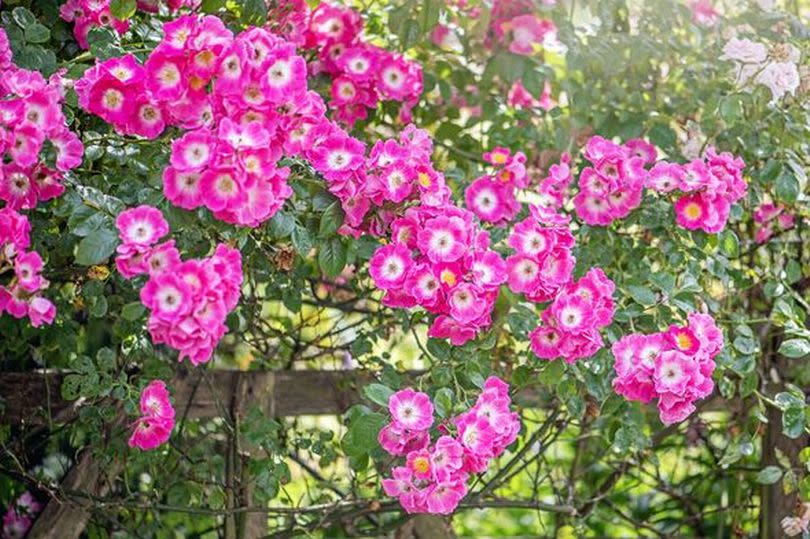Monty Don shares four plants that must be pruned now for 'repeat flowering' in July

Pruning is often associated with winter gardening chores, but there are plenty of reasons to get your secateurs out in July.
This month is a prime time for restorative pruning. Gardeners can rectify issues that have arisen from over-pruning or incorrect pruning techniques.
It's also easier to assess the plant's canopy for health and vitality at this time. Gardeners can clearly see what they're removing, such as defective branches.
READ MORE: The six hardy plants that thrive in UK weather conditions, according to gardener
READ MORE: Low-pollen plants for your home and garden that are perfect for hay fever sufferers
However, it's crucial not to go overboard with pruning in the summer as significant structural pruning should be reserved for when the plant is dormant in winter. Incorrect pruning can stress the plant as gardeners may inadvertently remove valuable buds.
To assist gardeners, gardening expert Monty Don has shared his advice on how to prune four plants that need attention this month, reports the Express.
What to prune in July:
1. Early-flowering perennials
Early flowering perennials like oriental poppies, delphiniums and hardy geraniums should "all be cut back to the ground" to encourage "fresh regrowth and repeat flowering" in a few months time, according to the expert.
Additionally, this helps to make room for tender annuals and perennials in borders.
The expert advised gardeners to take all cut material to the compost heap, weed around the base of the plants, water if necessary and avoid planting too close to them so that they have light and space to regrow and flower again at the end of summer.
2. Rambling roses
It's "very important" to continue deadheading roses as the petals fade to "encourage repeat flowering", although some roses have now completed their blooming for this year.
Most ramblers fall into this category and "should be pruned as soon as they have finished flowering".
If you're unsure whether your rose is a climber or a rambler, "ramblers tend to be much more vigorous and always have a mass of small flowers that never repeat" once they've finished.
3. Apples and pear trees
Summer pruning of apples and pears is "very useful" for trained forms or mature trees that have become too large or crowded.
Unlike winter pruning, which is done when the tree is dormant, this hard cutting back "will not stimulate vigorous regrowth".
Unless you're training a particular new shoot, Monty advised: "Remove all this year's growth back to a couple of pairs of leaves (usually about two to four inches) being careful not to remove any ripening fruits."
Pruning now also allows light and air onto the fruit that is ripening and prevents trees from becoming too crowded with unproductive branches.
4. Currants
After harvesting gooseberries and red and white currants, it's a good idea to give them a "summer prune".
To do this, gardeners should remove any new growth that is crowding the centre of the bushes and trim back the new shoots they wish to keep by about a third. This will allow light and air into the plant, encouraging the wood to ripen and spurs to form which will carry next year's fruits.
Blackcurrants can be pruned hard - removing up to a third of each bush - immediately after harvest.

 Yahoo News
Yahoo News 
